Description
Genus: Phylloporus
Species: rhodoxanthus
Common Name: “Gilled Bolete”
Tells: Has gills instead of pores, which DNS. Yellow mycelium. Variable (reddish-yellow, red, dark red, red-brown, to olive-brown) cap cracks & fissures w/age.
Other Information: In addition to the different colored mycelium, some sources suggest that Phy. rhodoxanthus has brighter yellow baby gills & duller old man gills than Phy. leucomycelinus. Beyond that they are very hard to tell apart.
Edibility: Good.
CHEMICAL TESTS:
- NH4OH (Ammonia): Cap skin turns blue.
- KOH: No data.
- FeSO4 (Iron Salts): No data.
Links:
 |
672 |  |
150 |  |
222 |  |
286 |

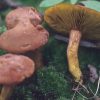
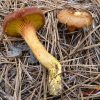
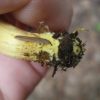
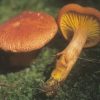
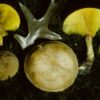

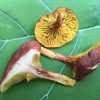
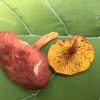
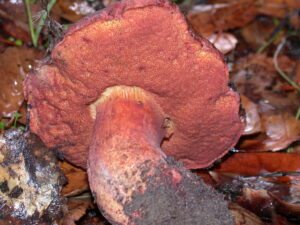

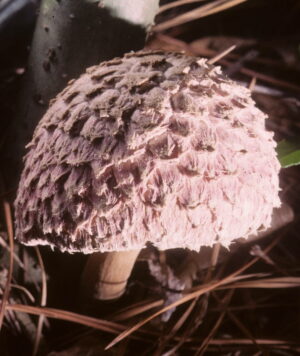
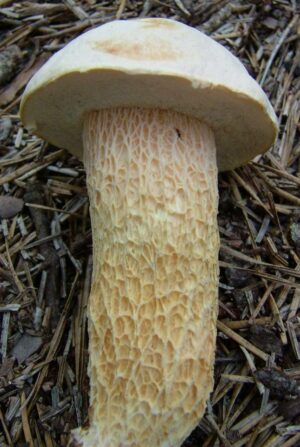
Got something to discuss?